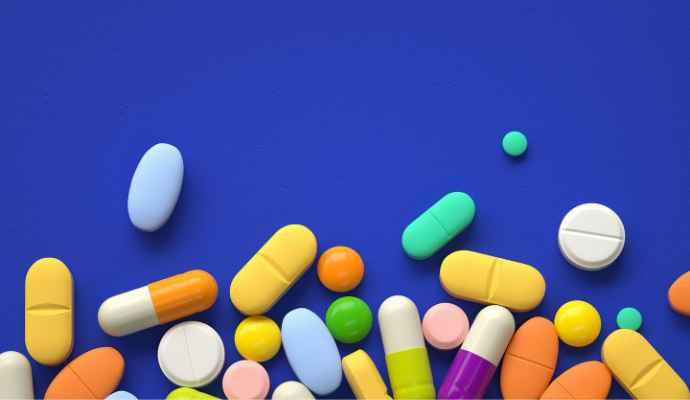Nearly 90% of Patients with Opioid Use Disorder Lack Medication Access
Medication-assisted treatment is proven to reduce opioid overdoses. However, there is a major gap between opioid use disorder prevalence and the number of patients receiving medication access.

Source: Getty Images
- The United States overdose epidemic continues to worsen, but most patients with opioid use disorder (OUD) lack potentially life-saving medication access, according to new findings published in the International Journal of Drug Policy.
Since the beginning of the opioid epidemic in the late 1990s, the number of drug overdose deaths has quadrupled, according to CDC data. Opioids continue to be the leading cause of overdose, involved in three-quarters of past-year deaths.
As of 2021, the most recent year for which full data is available, opioid overdoses had been responsible for more than 80,000 deaths.
Food and Drug Administration-approved medications for OUD—buprenorphine, methadone, and naltrexone—are the most effective interventions, but this latest study showed that few patients are getting them.
The study, led by researchers at NYU Grossman School of Medicine, showed that 86.6 percent of people living with opioid use disorder (OUD) don’t receive medication-assisted therapy (MAT), which can reduce overdoses by 50 percent.
NYU researchers used data to assess the gap between OUD prevalence and the number of patients receiving medications for opioid use disorder (MOUD) during the past decade.
Between 2010 to 2019, there was a 105.6 percent increase in the rate of MOUD receipt across the United States, researchers found.
Even though MOUD use has steadily increased, the pace of growth in treatment utilization has not kept up with relentlessly high rates of OUD.
At the state level, there were wide variations between OUD prevalence and MOUD treatment gaps. A number of states experienced modest change over the past decade. Meanwhile, other states, especially those with hardly any MOUD treatment availability, had significant treatment receipts.
All states had increased MOUD treatment rates, with the most significant change in MOUD receipt seen in South Dakota, North Dakota, and Alaska.
But even though South Dakota had the largest change, its rates were still the lowest relative to the other states, with only 66.1 per 100,000 receiving MOUD.
As of 2019, Connecticut (53.9 percent), Maryland (58.1 percent), and Rhode Island (58.6 percent) had the smallest treatment gaps.
“Even in states with the smallest treatment gaps, at least 50 percent of people who could benefit from medications for opioid use disorder are still not receiving them,” senior study author Magdalena Cerdá, DrPH, a professor in the Department of Population Health, director of the Center for Opioid Epidemiology and Policy, said in a press release.
“We have a long way to go in reducing stigma surrounding treatment and in devising the types of policies and programs we need to ensure these medications reach the people who need them the most,” Cerdá continued.
Researchers noticed that state data gathered by the National Survey on Drug Use and Health (NSDUH) most likely underestimated past-year OUD, as multiple states reported a greater number of individuals receiving MOUD than estimated to have past-year OUD.
When estimating rates of past-year OUD with multiplier-adjusted NSDUH estimates and correction for drug overdose deaths, all states, plus Washington DC, had significantly lower treatment receipt than estimated treatment need, the researchers wrote.
“Our findings highlight the urgency of removing barriers to accessing medications to treat opioid use disorder while expanding the availability of these medications,” said Noa Krawczyk, PhD, an assistant professor in the Department of Population Health, a member of the Center for Opioid Epidemiology and Policy at NYU Langone, and lead author of the study. “But what we have is way beyond a simple treatment capacity problem.
Many factors contribute to a lack of sufficient MOUD, one of them being a lack of MOUD treatment providers and programs.
Over 70 percent of residential treatment programs across the country do not offer MOUD, Krawczyk highlighted.
Furthermore, 46 percent of counties lack a MOUD medication provider. Even if providers are authorized to prescribe MOUD such as buprenorphine, many do not.
A separate study showed that just under 56,000 medical providers are eligible to prescribe buprenorphine. Yet, even when providers are qualified to prescribe buprenorphine, they face limits in how many patients they treat with MAT.
“We need to rethink how treatment for opioid use disorder is delivered, eliminate stigma, make it easier for people to enter and remain in treatment, as well as ensure that all treatment programs provide and encourage use of evidence-based medications that we know save lives,” Krawczyk said.
